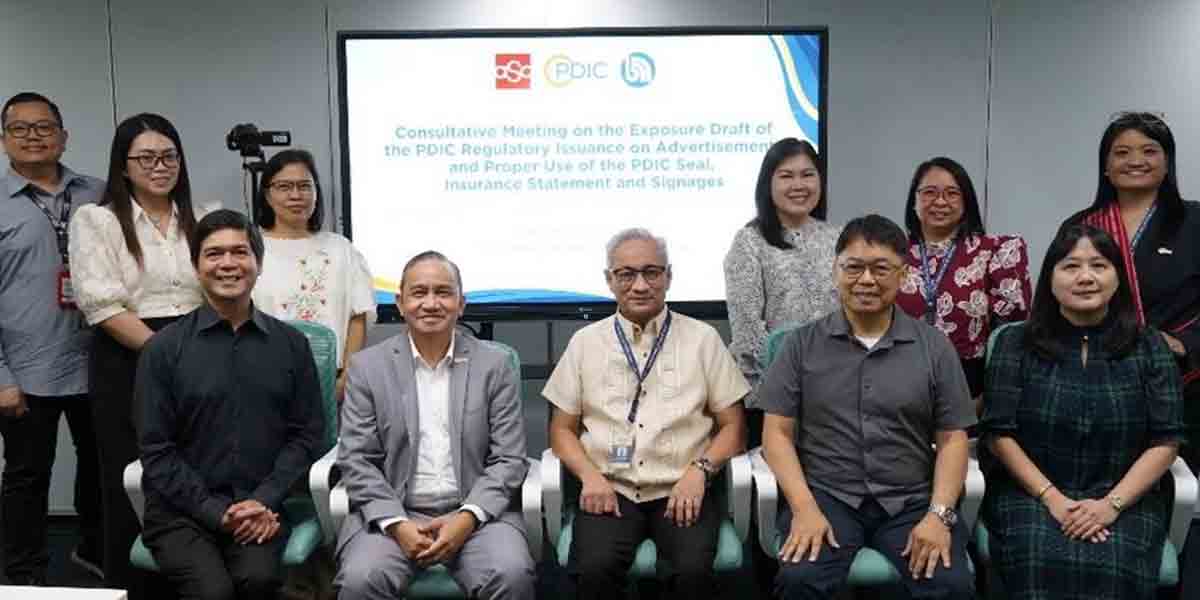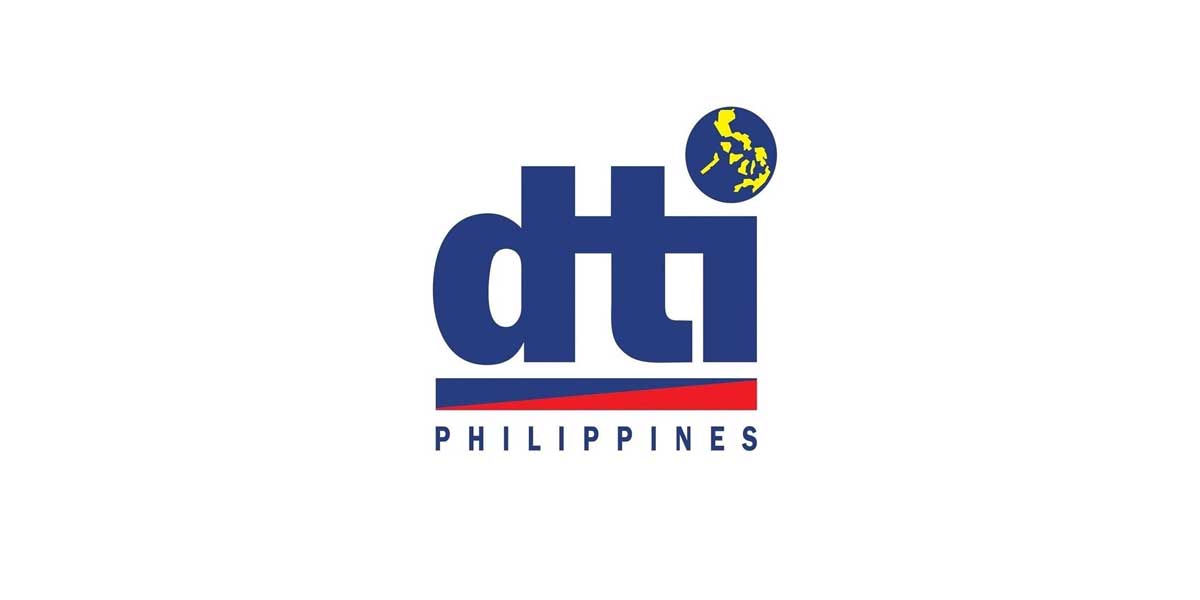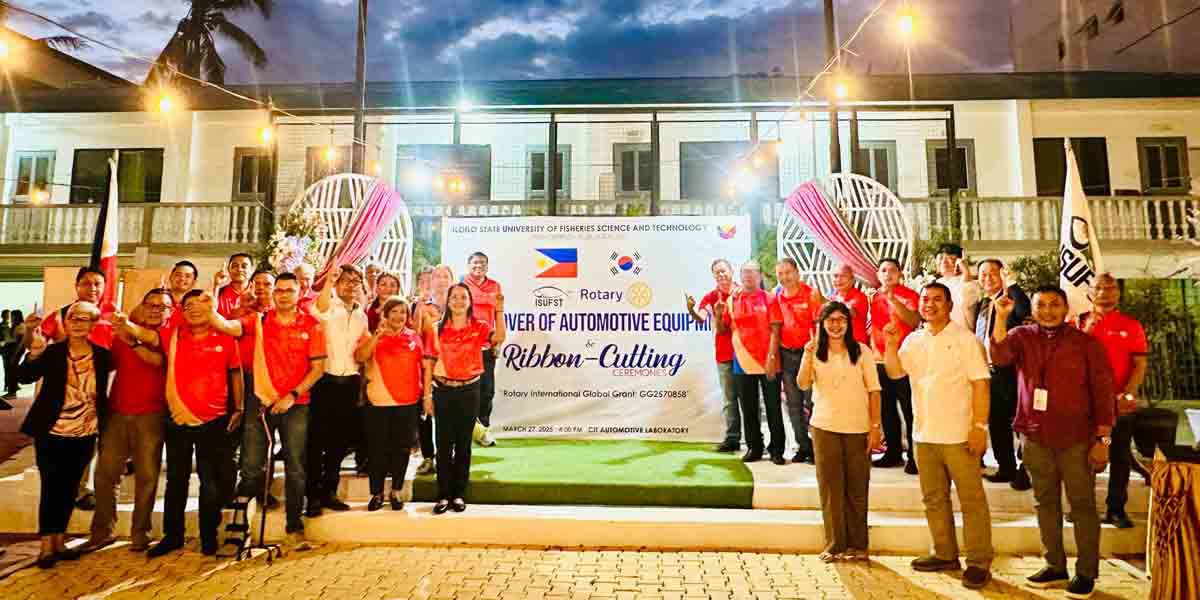By Herman M. Lagon
The term “resilience” has evolved from a badge of honor into a shield that conveniently deflects attention from persistent societal and governance issues. Hailed as a cultural trait, Filipino resilience is often invoked to praise the country’s response to frequent disasters. Yet the admiration for this resilience has grown to mask a darker reality—one where endurance is exploited, romanticizing people’s ability to withstand what should, by all accounts, be unacceptable. When resilience becomes an expectation rather than a virtue, it is not strength; it is survival at the expense of demanding more from those in power.
.The imagery of resilience is regularly exploited, especially in times of crisis. When Typhoons Ulysses (2020), Ompong (2018), Rolly (2020), Paeng (2022), and the recent Kristine (2024) hit the country, the public watched and heard in the radio, television, and social media as entire communities were inundated, forcing people to climb rooftops to survive. Reports featured stories of Pinoys smiling through adversity, reinforcing the idea that resilience was inherent. But each smiling face, each story of survival, distracts us from asking why we are still fighting the same battles more than a decade ago in Typhoons Frank (2008), Ondoy (2009), Sendong (2011), Pablo (2012), Yolanda (2013), and Glenda (2014) struck the archipelago catastrophically. Why are evacuation centers still unfit for purpose? Why are disaster funds insufficient and often untouched? In such instances, resilience does not just normalize suffering—it prevents the demand for systematic change.
This expectation of resilience seeps into every sector, not just in disaster response but also in health, education, and infrastructure. The pandemic highlighted these shortcomings further. Then Presidential spokesperson Harry Roque’s response to a Social Weather Stations (SWS) survey revealing a 45% unemployment rate was to celebrate that the situation was not worse. This kind of “toxic positivity” diminishes legitimate concerns, painting hardship as just another challenge that we can handle. Such comments ignore the weight of systemic failings, as citizens face joblessness, limited healthcare, and restricted access to vaccines. Roque’s optimism, far from reassuring, underscores how little empathy resonates from those tasked with steering the country through crises.
True resilience isn’t just about toughing it out; it’s about coming back stronger. The UN Office for Disaster Risk Reduction points out that resilience should mean more than just enduring—it’s about adapting, preparing, and minimizing the impact of future challenges. Here in the Philippines, though, our ability to bounce back is often held back by a lack of funds where they’re needed most and the gaps in coordinating our disaster response efforts. Despite having billions in disaster funds, reports show that only a fraction is allocated toward prevention. Instead, spending is reactionary, directed at relief operations after crises have struck. This approach keeps communities in a cycle of recovery without addressing root issues.
The romanticized resilience narrative has become particularly toxic for students, teachers, and healthcare workers. Teachers have had to navigate abrupt shifts to online education with limited resources, becoming emblematic of resilience by necessity rather than choice. Meanwhile, healthcare workers endure grueling hours amid insufficient protection and support. Society expects them to persist without question, treating their sacrifices as inspiring stories rather than systemic issues. These professions are hailed as modern-day heroes, but calling them resilient masks the fact that they are often overworked, underpaid, and under-resourced. Resiliency should signal support and resources in education and healthcare, not survival despite the odds.
Moreover, resilience has become a double-edged sword in mental health. According to a Social Science & Medicine study, resilience is most beneficial when individuals have access to social support and community resources. However, in a culture that stigmatizes emotional expression, resilience can fuel mental health issues. “Matiisin,” or enduring hardship in silence, is praised, yet it discourages seeking help, making mental health challenges appear like personal weaknesses. This expectation traps us in cycles of quiet suffering, particularly during the pandemic, as people face both health and economic crises. Mental health advocates argue for a shift toward compassion and empathy, prioritizing well-being over stoic endurance.
Politicians have been quick to exploit resilience narratives. Camarines Sur Rep. LRay Villafuerte stated that residents in his district are “accustomed” to typhoons, framing survival as second nature. This normalization of suffering sidesteps the need for better infrastructure, such as resilient housing and flood control systems. Meanwhile, Albay Rep. Joey Salceda’s deleted Facebook post, which hailed the resilience of Albayanos during Typhoon Kristine, drew public ire. Instead of rallying for improved disaster preparedness, officials who romanticize resilience send a message that communities must bear the brunt of crises rather than demand safeguards already in place.
Even as these stories of resilience captivate, they fail to capture the depth of our dissatisfaction with public service. The ASEAN Studies Centre’s 2021 survey on pandemic response showed that we had the lowest approval rating for their government’s handling of the crisis among ASEAN nations. Respondents wanted leaders to listen to experts rather than military officials. Resilience often gets romanticized to shift the spotlight from government shortcomings to the strength of the people. But a resilient society deserves more than admiration—it deserves a government that is equally resilient in crafting solid policies, staying ahead in disaster preparedness, and genuinely responding to its people’s needs.
Instead of glorifying resilience, it is time to adopt a proactive, system-centered approach to crises. Government officials must prioritize policies that empower communities to thrive rather than survive. Instead of reactive relief, disaster funds should be directed toward infrastructure development, efficient evacuation plans, and sustainable land management. Community-based initiatives, coupled with technology for real-time monitoring and efficient resource allocation, are essential. These changes, as noted by organizations such as Oxfam and the Philippine Institute for Development Studies, are not just feasible but necessary to prevent future calamities from overwhelming communities.
The Filipino people, for all their enduring spirit, deserve a new narrative that celebrates their resilience and their right to live without constantly fighting the same battles. The upcoming elections offer an opportunity to shift from romanticizing resilience to demanding accountability. Leaders who genuinely value ordinary people will focus on structural change rather than leaning on a myth of resilience to gloss over inadequacies. The next time we see “Filipino resilience” in headlines, let it not be in the context of survival against all odds but in the success of a country that meets the needs of its people. Resilience is not the ability to withstand neglect; it is the courage to demand better.
***
Doc H fondly describes himself as a “student of and for life” who, like many others, aspires to a life-giving and why-driven world grounded in social justice and the pursuit of happiness. His views do not necessarily reflect those of the institutions he is employed or connected with.
















